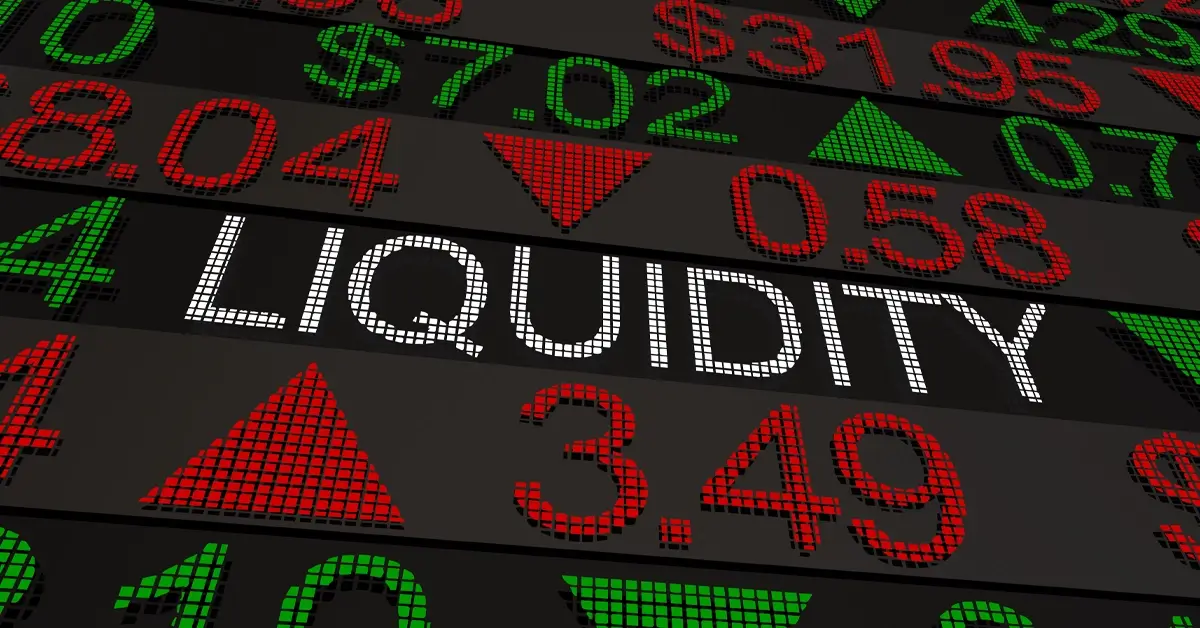By Ambrose O’Callaghan
Harvest ETFs is one of the largest covered call ETF providers in Canada. In January 2024, it launched a full suite of fixed income ETFs. These ETFs are designed to cover the entirety of the maturity spectrum: short, medium, and long durations. Today, I want to zero-in on the core fixed income holding in the Harvest fixed income stable: The Harvest Premium Yield 7-10 Year Treasury ETF (HPYM:TSX).
The deadline for contributing to a Registered Retirement Savings Plan (RRSP) for the 2023 calendar year has passed. However, that also means that Canadians can now pull the trigger on their 2024 RRSP contributions. Why is investing in your retirement so important in 2024? And how could a fixed income ETF fit into your portfolio? Let’s jump in.
Why retirement investing is so important in 2024
A recent Deloitte Canada research piece stated that nearly three million Canadian households were set to retire over the next 10 years. The steep decline of defined-benefit pension (DBP) plans has also contributed to a sense of urgency among those who are nearing retirement. More than ever, Canadians are in control of their own retirement destiny. This is not necessarily a bad thing, as strong planning, discipline, and savvy investing can ensure you have a comfortable retirement in the future.
Before Canadians make their RRSP contribution, they should consult their most recent Notice of Assessment (NOA) on their Canada Revenue Agency (CRA) My Account. In 2024, individuals can contribute up to 18% of their earned income, or the maximum annual contribution limit of $31,560, whichever is lower.
Canadian investors can carry forward the unused contribution room in their RRSP.
Macro update: Can investors expect a “soft landing”?
Inflation in the U.S. and Canada began to rise in late 2021 and reached multi-decade highs in 2022. This spurred the US Federal Reserve and the Bank of Canada to commit to an interest rate tightening cycle. A “soft landing” occurs when central banks successfully pass through a tightening cycle without triggering an economic downturn. A “hard landing” occurs when policymakers are unable to avoid dipping into a technical recession.
Investors and the average citizen alike have been forced to endure two years of relatively high inflation and the highest interest rates since the early 2000s. Fortunately, policymakers have signaled that the interest rate tightening cycle is winding down in 2024. Core inflation is normalizing, reported at 3.4% year-over-year in January 2024.
Economic indicators have slowed in recent months. However, data still suggests that a soft landing is the most likely outcome.
For now, these conditions may present an opportunity for fixed income with enhanced cash flows via covered calls in 2024. However, investors may want to protect themselves during this period of uncertainty. Fortunately, Harvest ETFs has unveiled a “happy medium” among its fixed income ETF suite this past January.
HPYM: The “happy medium” for your retirement portfolio
Harvest launched a full fixed income ETF suite in the New Year. This meant that it offered products that covered the major segments of the maturity spectrum; short, intermediate, and long duration fixed income vehicles.
Last year, I’d discussed the merits of the barbell bond strategy. Intermediate-term bonds offer only slightly lower returns than long-term bonds. Meanwhile, they also offer far less volatility than bonds that possess 20+ year durations. This makes the intermediate level of the maturity spectrum potentially appealing to investors who want the best of both worlds: high income and lower volatility.
Harvest ETFs portfolio manager Mike Dragosits recently sat down to discuss the advantages of intermediate-term bonds compared to their long-term counterparts. He identified two advantages that intermediate-term bonds possess: (1) Intermediate-term bonds have a lower duration, and (2) Bonds are between 7 to 10 years of maturity. When looking at mid-duration bonds, the duration is going to be lower. That is -going to be important if investors are looking for a fixed income vehicle that is less sensitive to interest rate fluctuations.
In January of this year, the Harvest Premium Yield 7-10 Year Treasury ETF (HPYM:TSX) debuted on the Toronto Stock Exchange (TSX). This ETF seeks to provide attractive and tax efficient monthly cash distributions to unitholders by writing covered calls on a portfolio of US Treasury ETFs, that primarily hold mid-duration US bonds with average maturities of 7-10 years.
This ETF aims to provide stability from its exposure to US Treasury bonds, which are guaranteed with the full faith and credit of the US government. And, like HPYT, HPYM employs our covered call strategy that increases yields and lowers volatility on its underlying holdings.
Investors who desire exposure to fixed income may want to consider HPYM as a “happy medium”. It covers the middle of the maturity spectrum, which means that its unitholders will ideally get the best of both worlds. HPYM can provide the stability and security that comes with the intermediate level of the maturity spectrum, while also delivering high monthly cash distributions with the level of covered call writing that Harvest will pursue.
HPYM paid out a monthly cash distribution of $0.0800 per unit that was declared in February 2024.
Disclaimer:
Commissions, management fees and expenses all may be associated with investing in HARVEST Exchange Traded Funds managed by Harvest Portfolios Group Inc. (the “Funds” or a “Fund”). Please read the relevant prospectus before investing. The Funds’ returns are not guaranteed, their values change frequently, and past performance may not be repeated. Tax investment and all other decisions should be made with guidance from a qualified professional.
Distributions are paid to you in cash unless you request, pursuant to your participation in a distribution reinvestment plan, that they be reinvested into Class A and Class U units of the Fund. If a Fund earns less than the amounts distributed, the difference is a return of capital. Image by Freepik












